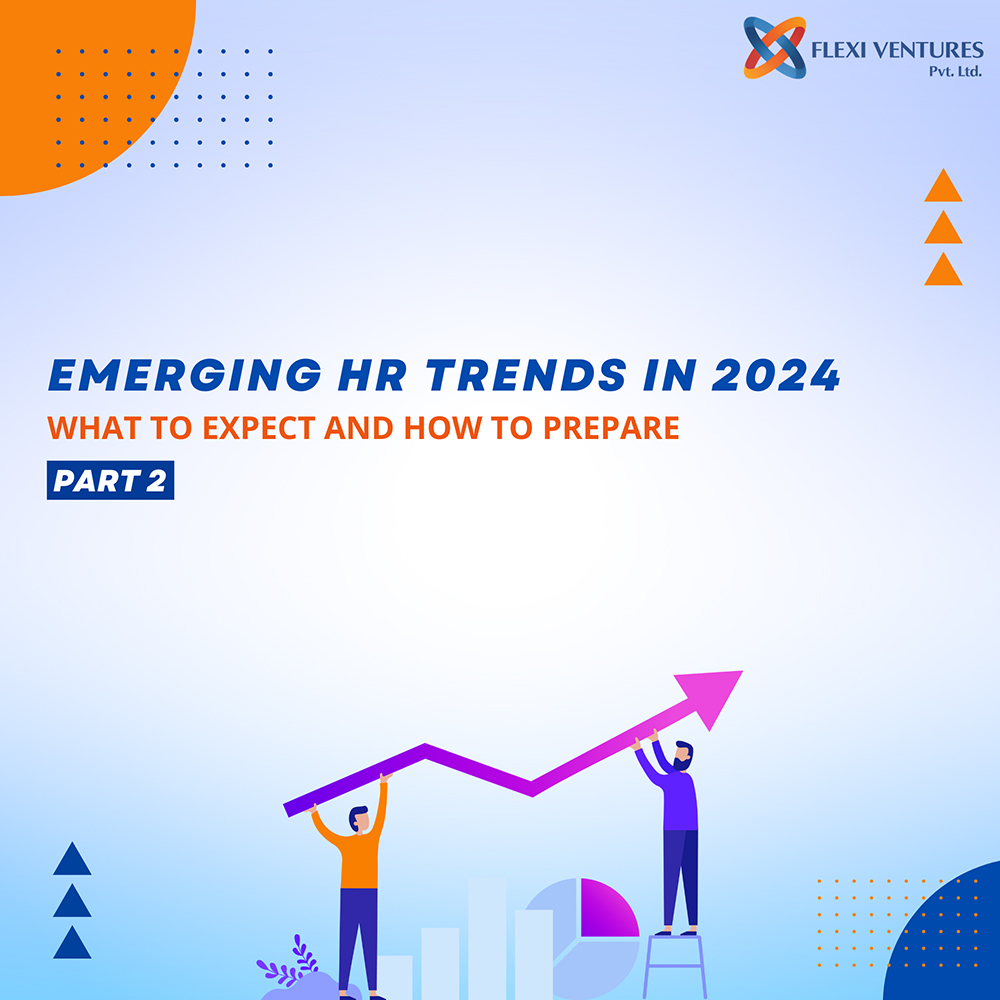The HR landscape rapidly evolves due to technological advancements, changing workforce demographics, and shifting workplace dynamics. As organizations strive to stay competitive in a complex, globalized market, HR practices and strategies must adapt, integrating AI and other technologies to revolutionize functions like recruitment, talent management, and employee engagement. Key trends for 2024 include enhancing the entire employee experience, investing in upskilling and reskilling, supporting various work models, promoting DEI, leveraging AI, making data-driven decisions, and adopting cloud-based HR systems. The increased adoption of hybrid and remote work models demands new HR approaches to maintain engagement and cohesion. Prioritizing DEI fosters a culture of respect and innovation, driving better decision-making and organizational performance. Effective DEI strategies involve continuous education, transparent policies, and accountability measures to ensure lasting change, attract top talent, and enhance the company’s reputation.
Upskilling and Reskilling the Workforce
Upskilling and reskilling are critical strategies for addressing the anticipated skill shortage. Upskilling focuses on enhancing employees’ existing roles by teaching them new capabilities, fostering continuous education, and supporting career progression within the same trajectory. In contrast, reskilling involves acquiring new skills for transitioning into different roles, and targeting individuals with adjacent skills to meet the extensive demands of today’s workforce. The World Economic Forum predicts that by 2025, half of all employees will need reskilling due to technological advancements. Despite recognizing the importance of workforce development, many organizations face financial and technological barriers to implementation. However, delaying upskilling and reskilling could jeopardize long-term goals if necessary skills remain inaccessible. Investing in employee development boosts loyalty and retention, with 94% of workers preferring to stay longer with companies that actively support their career growth.
Data-Driven HR Decision-Making
HR Analytics and Data-Driven Decision Making are transforming HR from relying on intuition and experience to making decisions based on data and statistical analysis. This shift promises significant improvements in HR outcomes.
Key Advantages:
- Improved Decision-Making: Data-driven decisions are more accurate and objective.
- Increased Efficiency: Identifying and addressing inefficiencies in HR processes saves time and resources.
- Better Talent Management: Recognizing high performers and potential leaders helps manage and develop talent effectively.
- Reduced Turnover: Identifying and addressing factors contributing to turnover reduces costs and disruptions.
- Enhanced Employee Engagement: Understanding and improving engagement factors leads to a motivated and productive workforce.
Challenges: Implementing HR analytics requires significant investment in tools, technology, and expertise to collect, analyze, and interpret data effectively.
Preparing for the Future: Actionable Steps for HR Leaders
The role of HR has evolved dramatically, particularly in the last two years, transitioning from traditional methods to embracing digitization. This shift is essential for future-proofing HR departments and enhancing their effectiveness.
Key Predictions for Future HR Departments:
- Becoming Truly Data-Driven:
- Current Role of Data: HR has always relied on data for tracking KPIs like employee attrition, time to hire, and absence rates.
- Future of Data Analysis: Advanced HR analytics software will enable rapid data analysis, providing actionable insights. This shift will allow HR leaders to focus more on their people.
- Action Steps: Adopt powerful HR analytics software to collect, process, and analyze workforce data for strategic decision-making.
- Focusing on Employee Experience:
- Importance: Enhancing employee experience is crucial for talent retention and attraction.
- Future Enhancements: Technology will play a key role in improving employee experience through tools like learning management systems, recognition software, and health and wellness platforms.
- Action Steps: Evaluate current employee experience and modernize outdated processes. Leverage existing HR tech features to enhance employee engagement and satisfaction.
- Ensuring Cybersecurity:
- Current Challenge: The shift to remote and hybrid work increases cybersecurity risks.
- Future Requirements: New policies and safety measures will be essential to ensure data security, confidentiality, and employee privacy. Ongoing cybersecurity training will be crucial as data protection regulations evolve.
- Action Steps: Implement cybersecurity precautions, appoint cybersecurity champions, and conduct regular awareness training to maintain robust security practices.
By addressing these areas proactively, HR departments can navigate the transition to a digital-first approach, ensuring they remain effective and relevant in the evolving work environment.
Recap of Key Trends and Their Importance:>/h3>
- Becoming Truly Data-Driven:
- Importance: Advanced data analysis enhances decision-making, efficiency, and strategic planning.
- Impact: It frees HR leaders to focus on employee engagement and development.
- Focusing on Employee Experience:
- Importance: Crucial for talent retention and attraction.
- Impact: Technology will revolutionize employee engagement, recognition, and well-being.
- Ensuring Cybersecurity:
- Importance: Protects sensitive data and maintains privacy in a dispersed work environment.
- Impact: Adapting to evolving cybersecurity threats is essential for organizational integrity and trust.
Proactive Preparation:
HR leaders must take proactive steps to embrace these changes. By integrating advanced analytics, enhancing the employee experience through technology, and prioritizing cybersecurity, HR departments can stay ahead of the curve and ensure a future-ready workforce.
Call to Action:
- Continuous Learning: Invest in ongoing education and training for HR teams to stay updated with the latest technologies and trends.
- Adopt Technology Early: Implement advanced HR analytics and employee engagement tools to gain a competitive edge.
- Promote Cybersecurity Awareness: Regularly update cybersecurity policies and conduct training to protect against emerging threats.
- Evaluate and Improve: Continuously assess and refine HR practices to enhance efficiency, employee satisfaction, and organizational security.
By staying informed, adopting new technologies, and fostering a culture of continuous improvement, HR leaders can successfully navigate the future of HR and drive their organizations forward.
Additional Resources:

